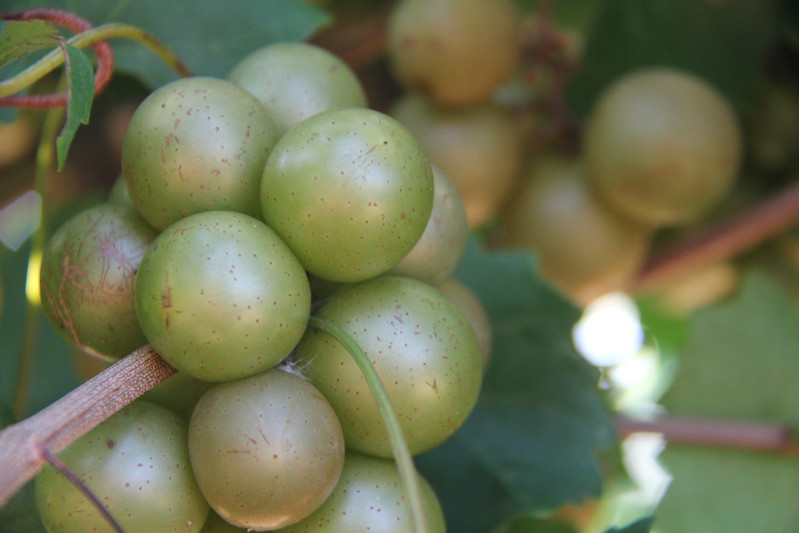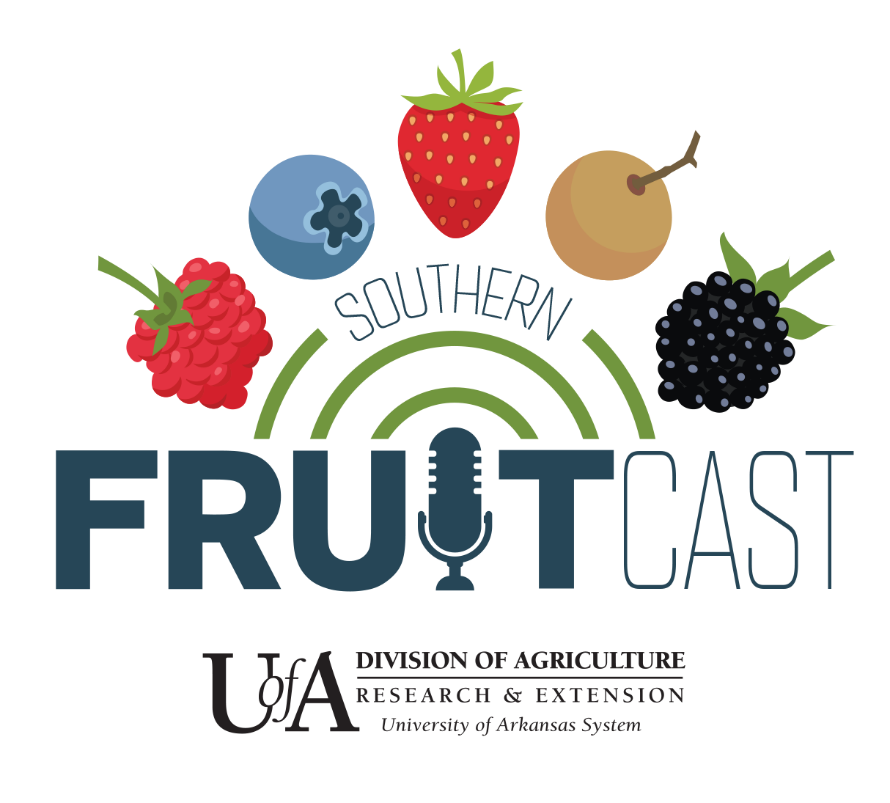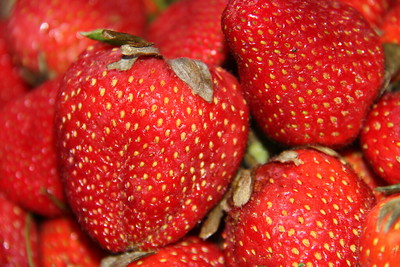Small Fruit News
The Southern Region Small Fruit Consortium posts articles and sends the SMALL FRUIT NEWS to subscribers four times annually.
-

Douglas G. Pfeiffer, Dept. of Entomology, Virginia Tech Meadow spittlebug is an insect that most people are familiar with, even those not involved with berry production. The masses of white, frothy spittle-like material are commonly seen on meadow grasses and other plants. If you pull apart the froth, a green nymph is usually found feeding…
Posted in: Spring 2022 -

Alejandro Rojas, Dept of Plant Pathology, University of Arkansas Strawberry is one the most widely cultivated fruits in the US and it is a major berry crop in Arkansas, with at least 30 growers around the state, or in the nearby states. Soil infestation by plant pathogens in strawberry fields are amongst the most limiting…
Posted in: Spring 2022 -

Mahfuz Rahman1 and Jayesh Samtani2; 1West Virginia University, Morgantown, WV, Email: mm.rahman@mail.wvu.edu ; 2 Hampton Roads Agricultural Research and Extension Center, Virginia Tech., Virginia Beach, VA. Anthracnose is one of the most destructive diseases of strawberry affecting fruit growers in the southeastern United States. Although all parts (crowns, runners, petioles, blossoms, fruits) of the strawberry…
Posted in: Spring 2022 -

Justin Scheiner, Associate Professor and Extension Viticulture Specialist, Department of Horticultural Sciences, Texas A&M University In 2021, the University of Arkansas System Division of Agriculture and Texas A&M University cooperatively released a new table grape, Southern Sensation Seedless. What makes this grape special is that after thirty-four years of trialing in central and southeastern Texas,…
Posted in: Spring 2022 -

The 2022 Virtual Southeastern Muscadine School is a webinar series featuring updated information for muscadine management and wine-making. Each session will feature guest speakers, followed by a Q&A session for webinar participants. Webinars will be recorded. Webinar Schedule and Online Registration For additional information, please contact Amanda Lewis, Communications Assistant, NC State University’s Small Fruits…
Posted in: Winter 2022 -

By Sarah Cato, Program Tech-Horticulture, University of Arkansas System Division of Agriculture In 2021 the University of Arkansas extension horticulture team hosted the 2021 Southeastern Plasticulture Strawberry School, with funding from the Southern Region Small Fruit Consortium. The Strawberry School was a six-part webinar series that started in February of and ended in October 2021.…
Posted in: Winter 2022 -

By Bill Cline, Entomology & Plant Pathology Department, NCSU (Revised 8dec21) Cultivated blueberries are upright, deciduous, woody perennials, forming multi-stemmed bushes with maximum unpruned heights varying from 6-8 feet (highbush, southern highbush) to 10-15 feet (rabbiteye). All cultivated species require annual pruning to manage bush height and shape. Pruning also prevents over-cropping, increases berry size,…
Posted in: Winter 2022 -

The Southern Fruitcast is hosted by Aaron Cato and Amanda McWhirt, extension IPM and production specialists for fruits and vegetables at the University of Arkansas. This podcast currently has 15 episodes that cover the people, technology and latest developments in small fruit production in the Southeast. Episodes can be found at www.uaex.edu/southernfruitcast. This purpose of…
Posted in: Winter 2022 -

By Roy D. Flanagan III, Agriculture and Natural Resources Extension Agent, Virginia Beach, Virginia Cooperative Extension As I sit here writing this article, I am realizing that a lot of the details of this year’s programs are not firm, but here is what I know for sure at this point and I thought I would…
Posted in: Winter 2022 -

By Mark Hoffmann, Small Fruits Extension Specialist (NCSU) and Amanda Lewis, Small Fruits Communication Assistant (NCSU) The journey of a strawberry plant does not start when it is transplanted into the growing field. On the contrary, before a grower receives a plant, it already has a large and complex journey behind it. One could say…
Posted in: Winter 2022